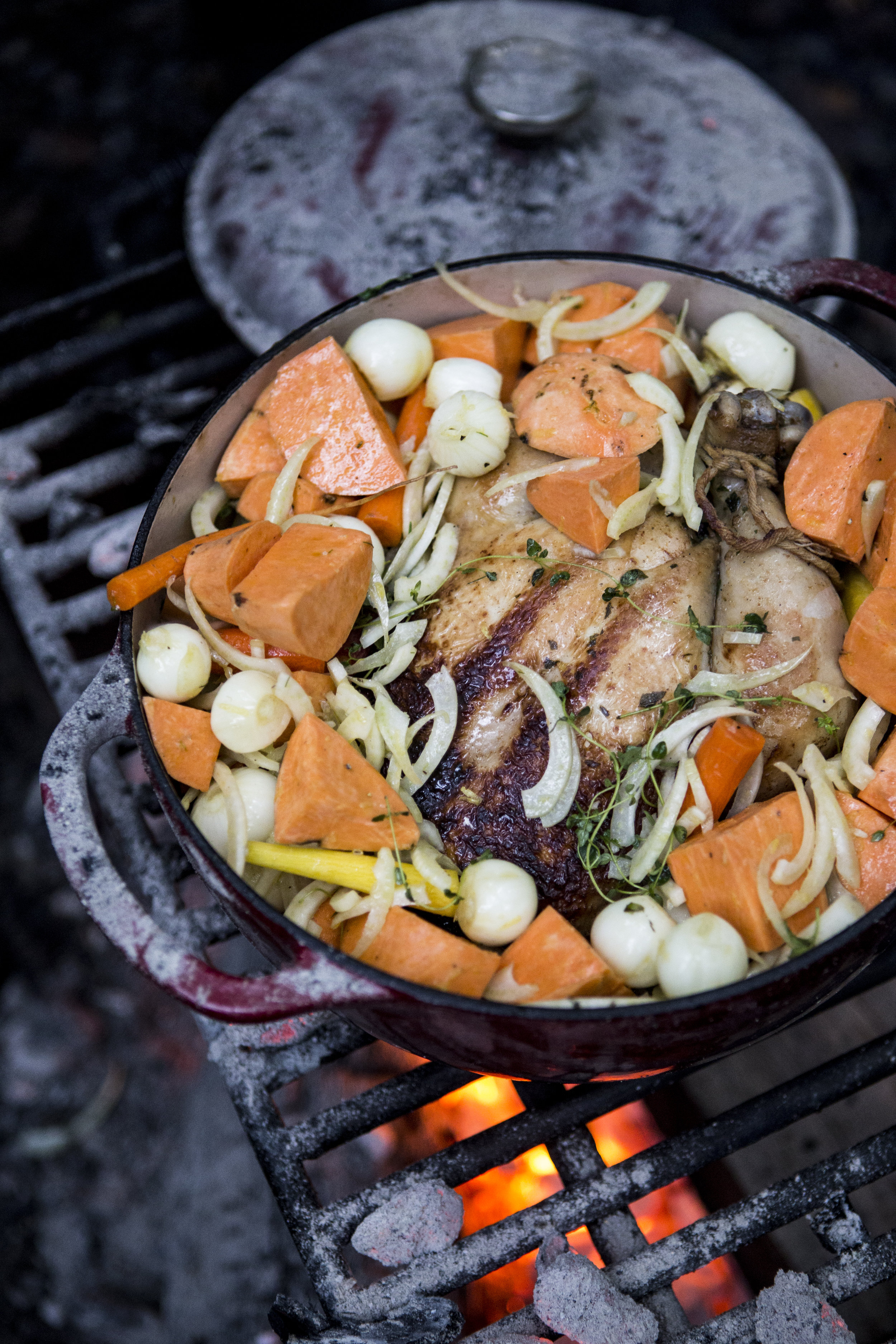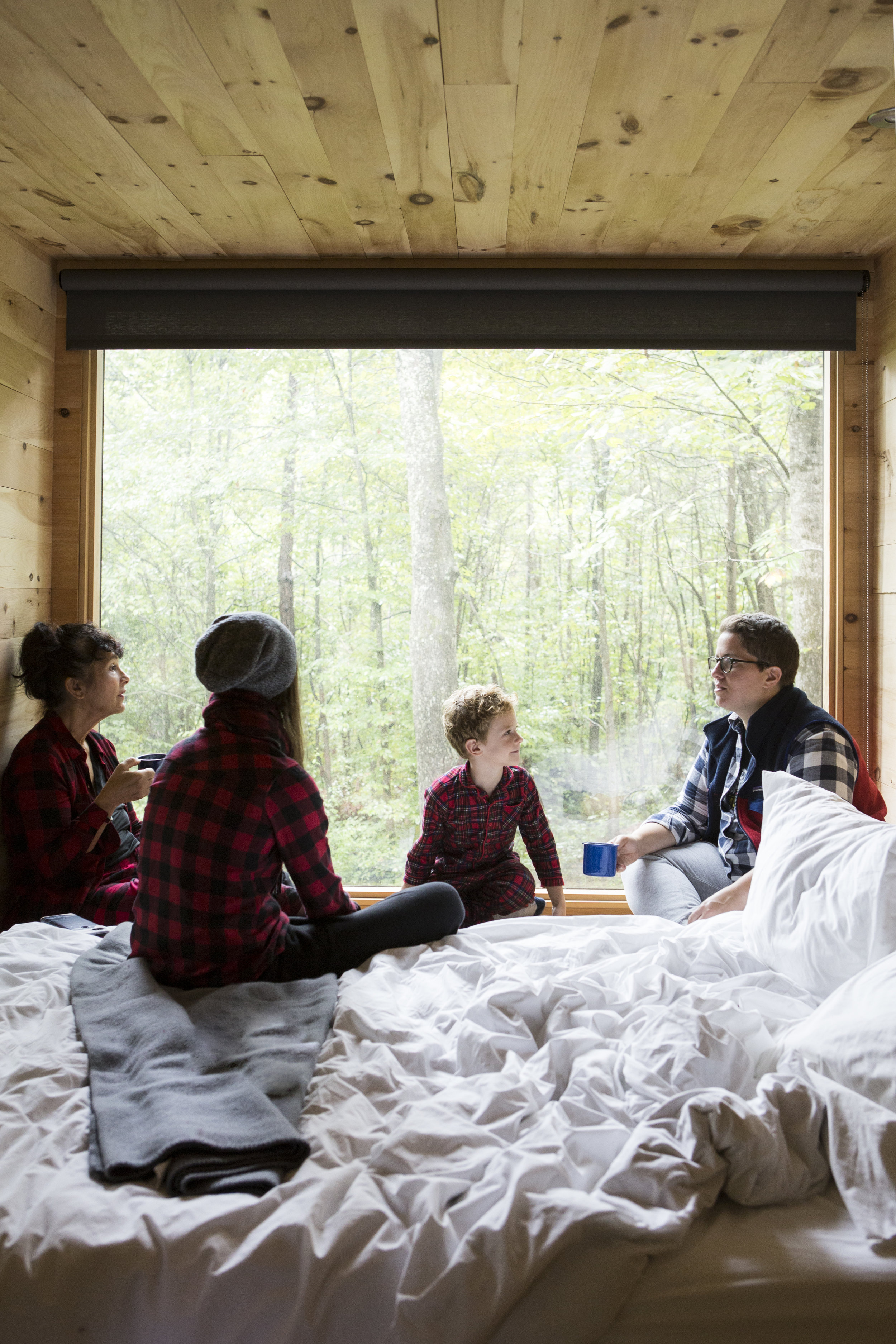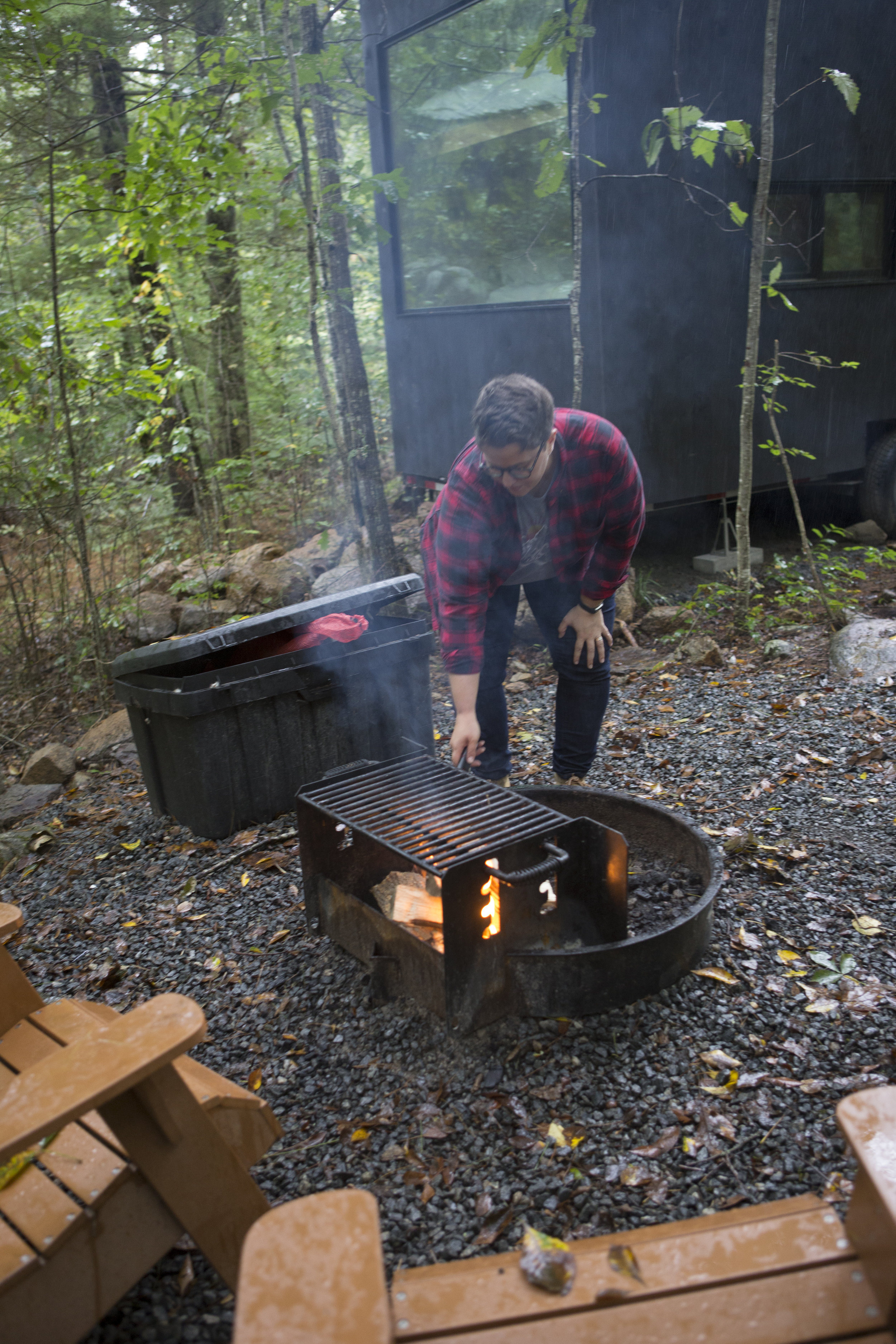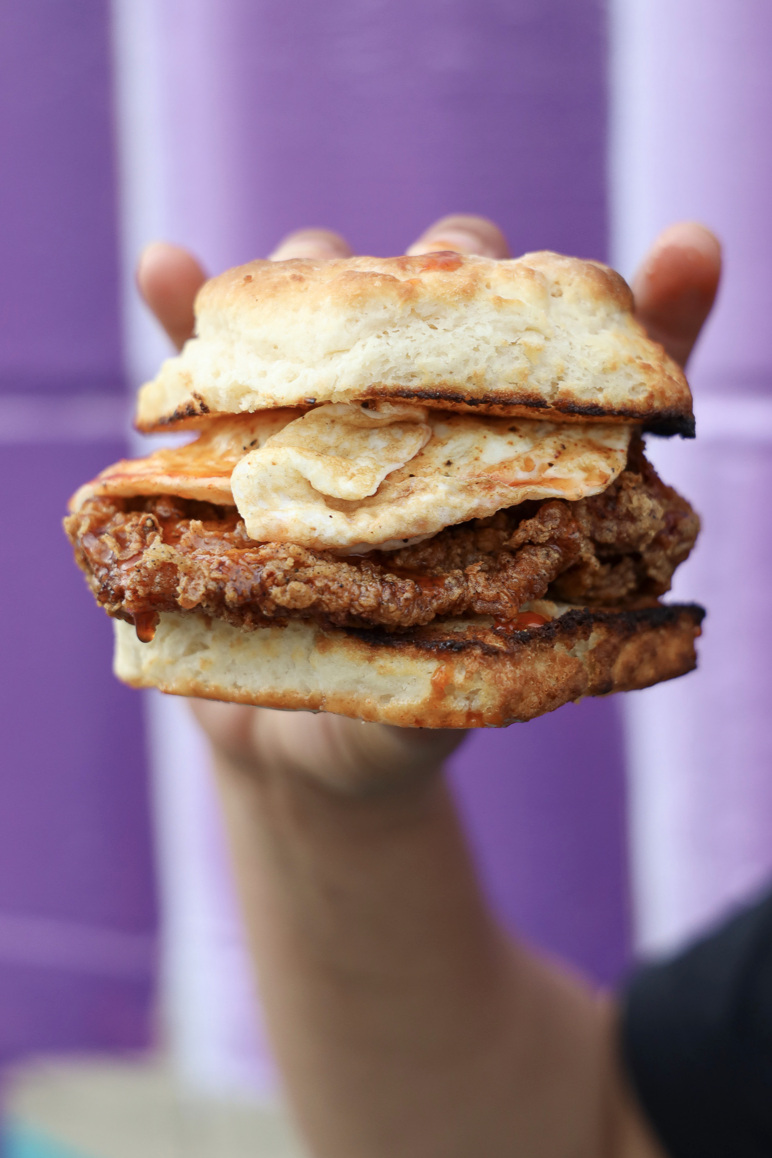Sbagliato Summer Cocktail Recipe
/The Buzz
Think (and Drink) Pink
Make Whaley’s Sbagliato to start summertime fun
By Tim Ebner, photography by Jennifer Chase
The Sbagliato
1 ounce Tiber orange liqueur
1 ounce sweet vermouth
3–4 ounces sparkling grapefruit rosé or prosecco
2–3 drops peach bitters
Garnish with a blood orange or grapefruit peel
Fill a large goblet or wine glass with ice. Then pour all the ingredients into the glass. Next, slightly stir the drink and garnish with either a grapefruit or blood orange peel. Finally, raise your glass and say, “Saluti!”
To add a pop of color into your summertime fun, skip the ordinary—your G&Ts, Moscow Mules or Rum and Cokes—and opt instead for something with more flavor and flair, yet still easy enough to make at home.
The Sbagliato, which in Italian means “mistaken” or “messed up,” is a drink you can make in minutes, and it’s only a bit messed up in that it doesn’t call for your standard rail spirits—gin, vodka, rum, bourbon or whiskey. Instead, this drink calls for an aperitif, and there’s no better option this summer than Tiber, a slightly bitter orange local liqueur made by Capitoline Vermouth (bottled and sold at New Columbia Distillers in Ivy City). You can think of this aperitif as the much cooler cousin to Campari or Aperol.
And when poured into a cocktail it makes for the perfect shade of pink, which is something meant to be for Whaley’s summertime Rosé Garden, where everything is pink, including the drink menu. At this summer-only outdoor bar, Tiber is being used for a distinct variation of the original Sbagliato.
Whaley’s Wine and Beverage Director Brian Zipin says his version has much more of a bold and refreshing bite—thanks in part to the Tiber, but also to some sparkling grapefruit rosé, peach bitters (he uses Fee Brothers) and Cocchi Torino sweet vermouth, known for its red and orange citrus flavor. When these ingredients are mixed together, it becomes a simple way to cut through DC’s horrendous heat and humidity.
“This drink is so easy to make, and it’s going to be your classic summer, hot weather, aperitif cocktail,” Zipin says. “It’s an aperitif drink that’s slightly lower in alcohol and is so versatile. It works for brunch. It works for a cocktail before dinner. It works for barbecues. Or, it works for anytime when you’re, like, ‘Hey, I don’t know what I want to drink yet.’”
Together this cocktail blends together places near and far, highlighting the greatness of DC’s distilling scene while also featuring a French style of rosé.
“We wanted to feature the local distillery scene here this season at the Whaley’s Rosé Garden, as well as the range of rosé worldwide,” Zipin says. “We use a French grapefruit sparkling wine, which I thought was a joke when I first heard of it. But I was doing a tasting, and this stood out and really surprised me. It’s well made, balanced, refreshing and not too sweet at all.”
If you’re in a pinch and can’t find a dry sparkling grapefruit rosé, Zipin says any sparking rosé or prosecco will do the trick. Just steer towards ones that are less sweet, so as not to overwhelm the main star of the cocktail, the Tiber orange liqueur.
“The spirit is really well-defined as its own voice—it’s not Campari and it’s not Aperol, but it’s reminiscent of those Italian aperitifs,” Zipin says. “Of course, Tiber being local is great. But even if this wasn’t local, we still would have used it. It’s very good.”
Our Associate Publisher, AJ Dronkers, also made this drink on Fox 5 DC with Erin Como as part of a summer drinks segment.






































